Coronavirus and climate change | Coronavirus and heatwaves | Preventing Pandemics at the Source
We know that air pollution can cause health problems, like heart attacks, strokes, diabetes and high blood pressure, that have been identified as the pre-existing medical conditions that raise the chances of death from COVID-19 infection. Emerging research, including a study from Harvard T.H. Chan School of Public Health, finds that breathing more polluted air over many years may itself worsen the effects of COVID-19.
The Harvard Chan study led by Xiao Wu and Rachel Nethery and senior author Francesca Dominici found an association between air pollution over many years with an 11% increase in mortality from COVID-19 infection for every 1 microgram/cubic meter increase in air pollution (for comparison, many Americans breathe air with 8 micrograms/cubic meter of particulate matter).
While the study does not show that air pollution directly affects an individual’s likelihood of dying from COVID-19 because individual-level COVID data is not yet publicly available, it does show an association between long term exposure to air pollution and higher COVID-19 mortality rates.
“The results of our study suggest that in counties with high levels of pollution is where we need to implement social distancing measures now more than ever, knowing that people here will be more susceptible to die from Covid-19” Dominici told STAT News.
Dr. Aaron Bernstein, former Director at the Center for Climate, Health, and the Global Environment at the Harvard T.H. Chan School of Public Health (Harvard Chan C-CHANGE), who was not involved in the Harvard study, says that higher death rates that have been observed among the poor and people of color in the United States reflect existing health and economic inequalities that both contribute to, and result from, greater exposure to air pollution.
“In places where air pollution is a chronic problem, we have to pay particular attention to individuals who may be more exposed or vulnerable than others to polluted air, such as the homeless and those with chronic medical problems,” says Dr. Bernstein. “These individuals may need more support than they did even before coronavirus came along.”
Research on Air Pollution and Coronavirus
The Harvard study is one of several that suggest air pollution is affecting COVID-19 mortality. Researchers analyzing 120 cities in China found a significant relationship between air pollution and COVID-19 infection, and of the coronavirus deaths across 66 regions in Italy, Spain, France and Germany, 78% of them occurred in five of the most polluted regions. There’s also evidence from previous outbreaks like SARS, which was also a coronavirus, as well as many other respiratory infections including influenza, that breathing more polluted air increased risks of death.
China
- Yao et al found that NO2 concentration was positively associated with the transmission ability of COVID-19. (Ecotoxicology and Environmental Safety, January 15, 2021)
- Yao et al found that air pollution was positively associated with higher fatality rates from COVID-19. (Environmental Research, October 2020)
- Zhu et al analyzed 120 cities in China and found a significant relationship between air pollution and COVID-19 infection after controlling for confounding factors. (Science of the Total Environment, July 20, 2020)
- Tian et al found that places with higher levels of nitrogen dioxide pollution (10 micrograms per cubic metre) in the five years before the pandemic had 22% more Covid-19 cases, while higher levels of small particle pollution saw a 15% rise in infection rates. (Beijing Normal University, PREPRINT posted April 24, 2020)
- Wang et al found that particulate matter pollution was positively associated with increased cases of COVID-19. (Lanzhou University, PREPRINT posted April 14, 2020)
- Yang et al found that patients with severe Covid-19 infections requiring, for instance intensive care, were two times as likely to have had pre-existing diseases, especially heart disease, strokes, chronic lung diseases and diabetes—all of which are known to be caused by air pollution. (International Journal of Infectious Diseases, March 5, 2020)
Europe
- Yu et al found that short-term air pollution exposure was associated with an increased risk of Covid-19 infection in 425 young adults in Sweden, despite relatively low levels of air pollution exposure (Journal of the American Medical Association, April 20, 2022).
- Travaglio et al found air pollution levels in England are associated with COVID-19 cases and deaths. (Environmental Pollution, January 1, 2021)
- Setti et al detected Coronavirus on particles of air pollution while investigating whether this could enable it to be carried over longer distances and increase the number of people infected. (Environmental Research, September 2020)
- The United Kingdom’s Office for National Statistics found that without controlling for ethnicity, long-term exposure to fine particulate matter could increase the risk of contracting and dying from COVID-19 by up to 7%. (United Kingdom’s Office for National Statistics, August 13, 2020)
- Cole et al found that in the Netherlands, a municipality with 1 μg/m3 more PM2.5 concentrations will have 9.4 more COVID-19 cases, 3 more hospital admissions, and 2.3 more deaths. (Environmental and Resource Economics, August 4, 2020)
- Ogen found that of the coronavirus deaths across 66 administrative regions in Italy, Spain, France and Germany, 78% of them occurred in just five regions, and these were the most polluted. (Science of the Total Environment, July 15, 2020)
- Conticini et al found high death rates seen in the north of Italy correlated with the highest levels of air pollution. (Environmental Pollution, June 2020)
- Setti et al found that higher levels of particle pollution could explain higher rates of infection in parts of northern Italy before a lockdown was imposed. (University of Bologna, PREPRINT posted April 17, 2020)
- Coccia found that the rapid spread of COVID-19 in North Italy has been strongly associated with air pollution. (National Research Council of Italy, PREPRINT posted April 11, 2020)
United States
- Zhou et al found that there were nearly 20,000 extra coronavirus infections and 750 deaths associated with exposure to high levels of PM2.5 from 2020 wildfires in 92 western U.S. counties (Science Advances, August 13, 2021).
- Lipsitt et al found annual nitrogen dioxide exposure (a pollutant that comes from tailpipe emissions) to be associated with COVID-19 incidence and mortality in Los Angeles County neighborhoods while adjusting for numerous confounders, with an 8.7 ppb increase in NO2 to be associated with a 35–60% increase in mortality rate (Environment International, August 2021).
- Wu et al found an association between air pollution over many years with an 11% increase in mortality from COVID-19 infection for every 1 microgram/cubic meter increase in air pollution. (Science Advances, November 4, 2020)
- Liang et al found that people living in communities with more long-term exposure to tailpipe emissions were associated with higher rates of dying from COVID-19, with a 4.6ppb increase in NO2 exposure (which primarily comes from urban traffic) resulting in an 11% increase in the case fatality rate after controlling for other factors that may increase risk of dying from the disease. (The Innovation, September 21, 2020)
- Petroni et al found an increase in exposure to hazardous air pollutants (HAPs) is associated with a 9% increase in COVID-19 mortality. (Environmental Research Letters, September 11, 2020)
Previous Outbreaks
- During the SARS epidemic in 2003, Kan et al found that increases in particulate matter air pollution increased risks of dying from the disease. (Biomedical and Environmental Sciences, November 2019)
- Researchers have found that several viruses, including adenovirus and influenza virus, can be carried on air particles. Zhao et al found that particulate matter likely contributed to the spread of the 2015 avian influenza. (Scientific Reports, August 13, 2019)
- Chen et al found that air pollution can accelerate the spread of respiratory infections. (Environment International, January 2017)
- Cui et al found that someone living in a highly polluted area of China was more than twice as likely to die from SARS than someone living in an area with cleaner air. (Environmental Health, November 20, 2003)
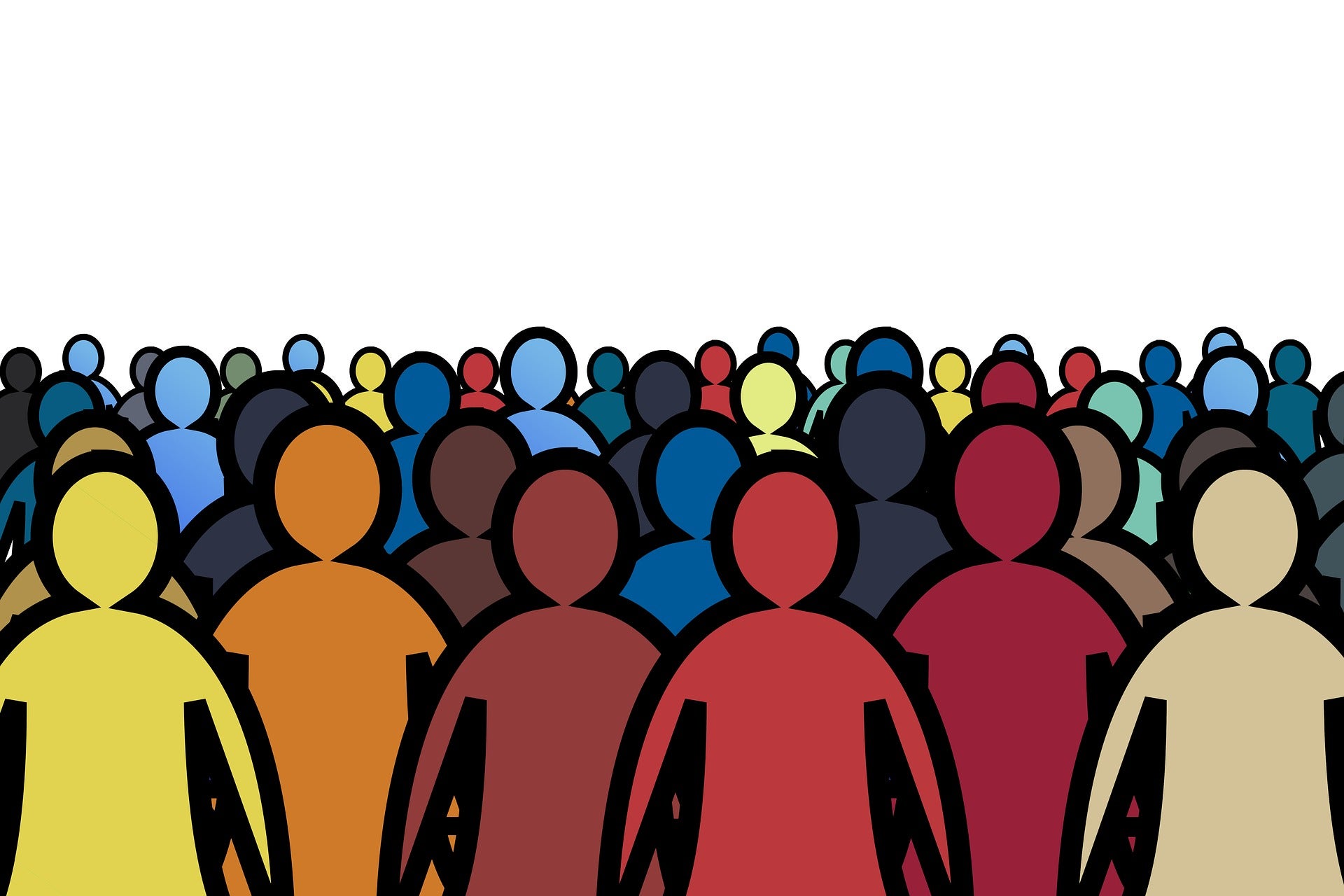
2020 Lancet Countdown on Health and Climate Change: U.S. Policy Report
COVID-19 shows how no one is immune from converging health crises and that millions of lives can be saved with climate action.
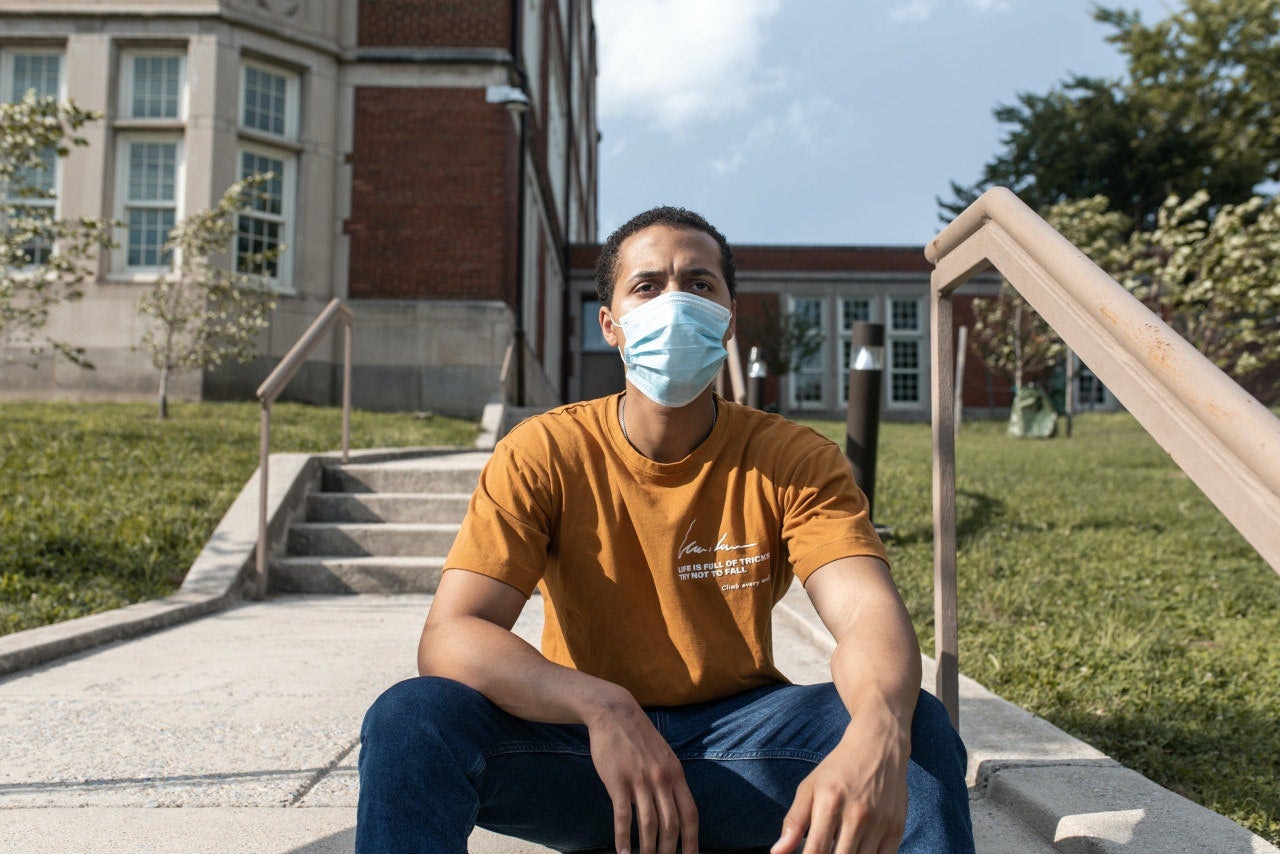
With COVID spread, ‘racism — not race — is the risk factor’
Harvard experts, including our Director Dr. Aaron Bernstein, take a hard look at health inequities.
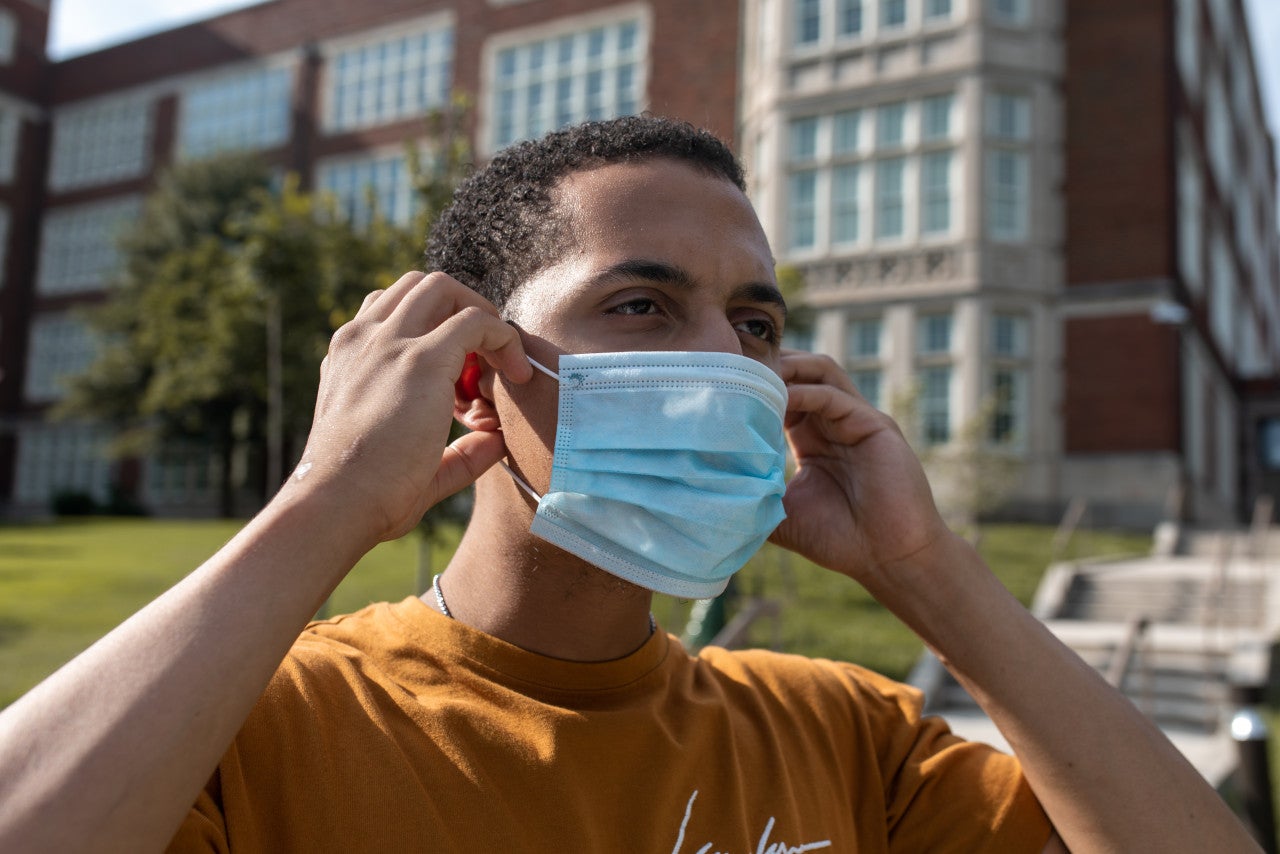
Let’s Savor a Little Clean Air, Courtesy of Covid-19
Our Director Dr. Aaron Bernstein explains the connections between coronavirus, climate change, and air pollution.
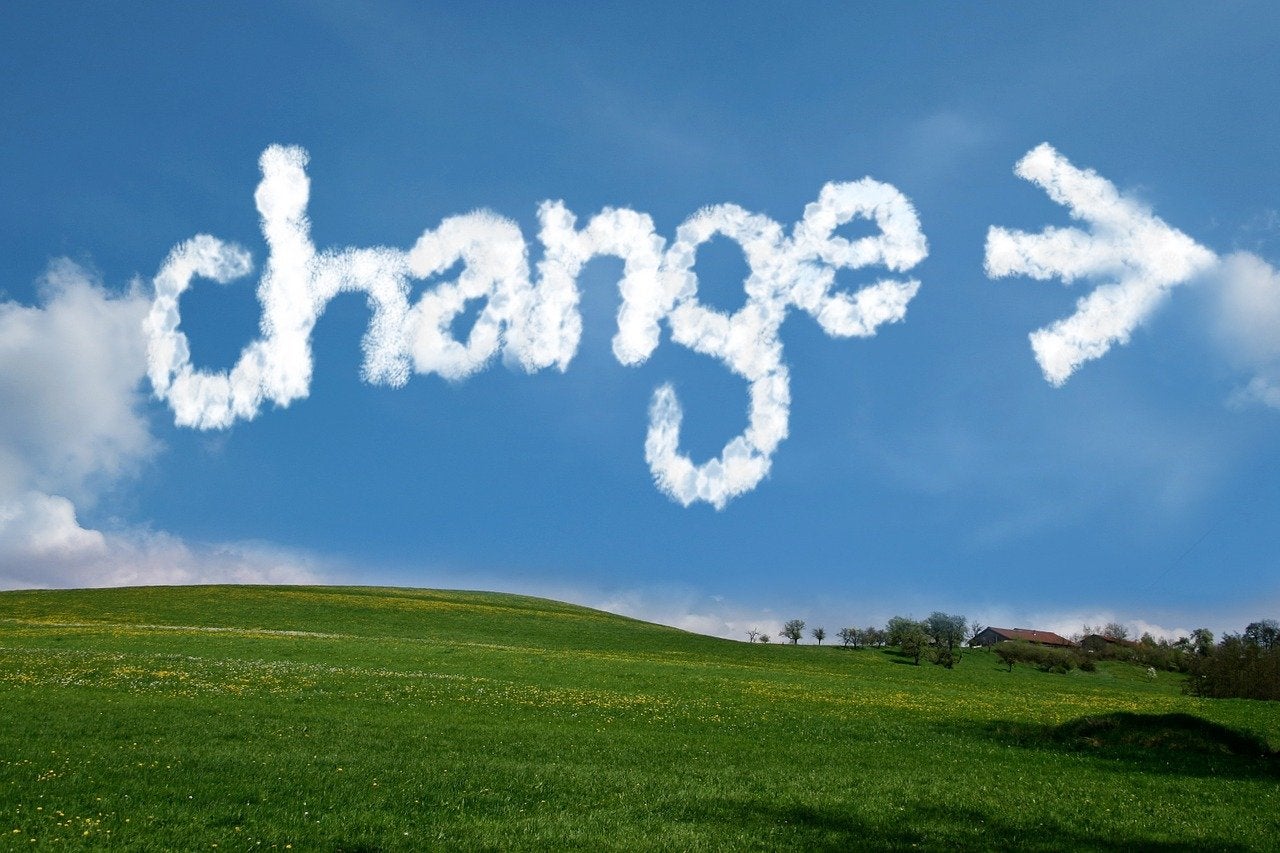
COVID-19 and clean air: An opportunity for radical change
We have a once-in-a-generation opportunity to emerge from this crisis and to build a cleaner, healthier, and a more just world that we can deliver with pride to our kids and grandkids.
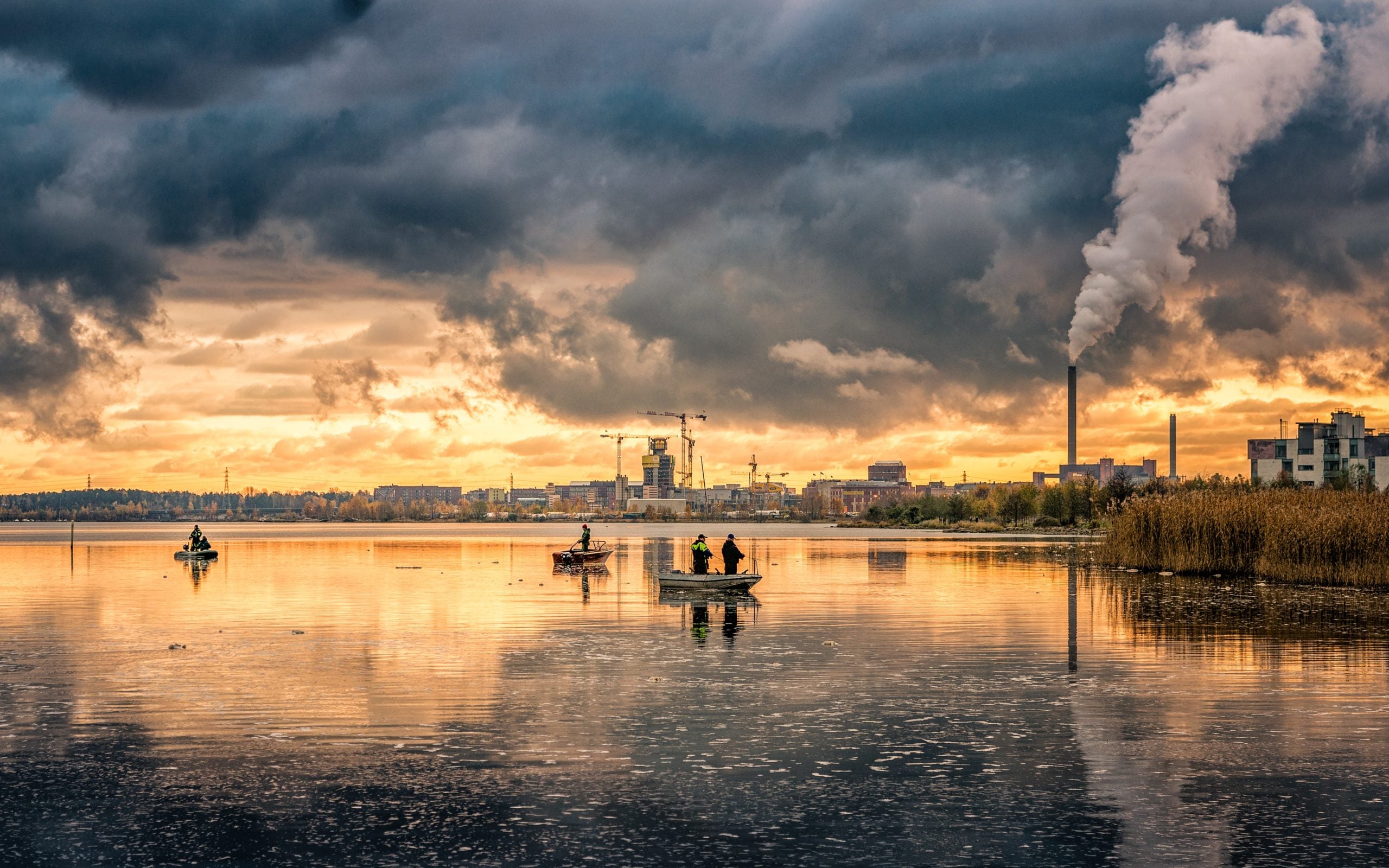
Why fighting climate change is key to America’s health
Our Director Dr. Aaron Bernstein explains why climate solutions are health solutions.
Preventing a transportation ‘relapse’
Harvard Chan School's Aaron Bernstein would like to see reduced traffic and air pollution—a by-product of COVID shutdowns—continue.
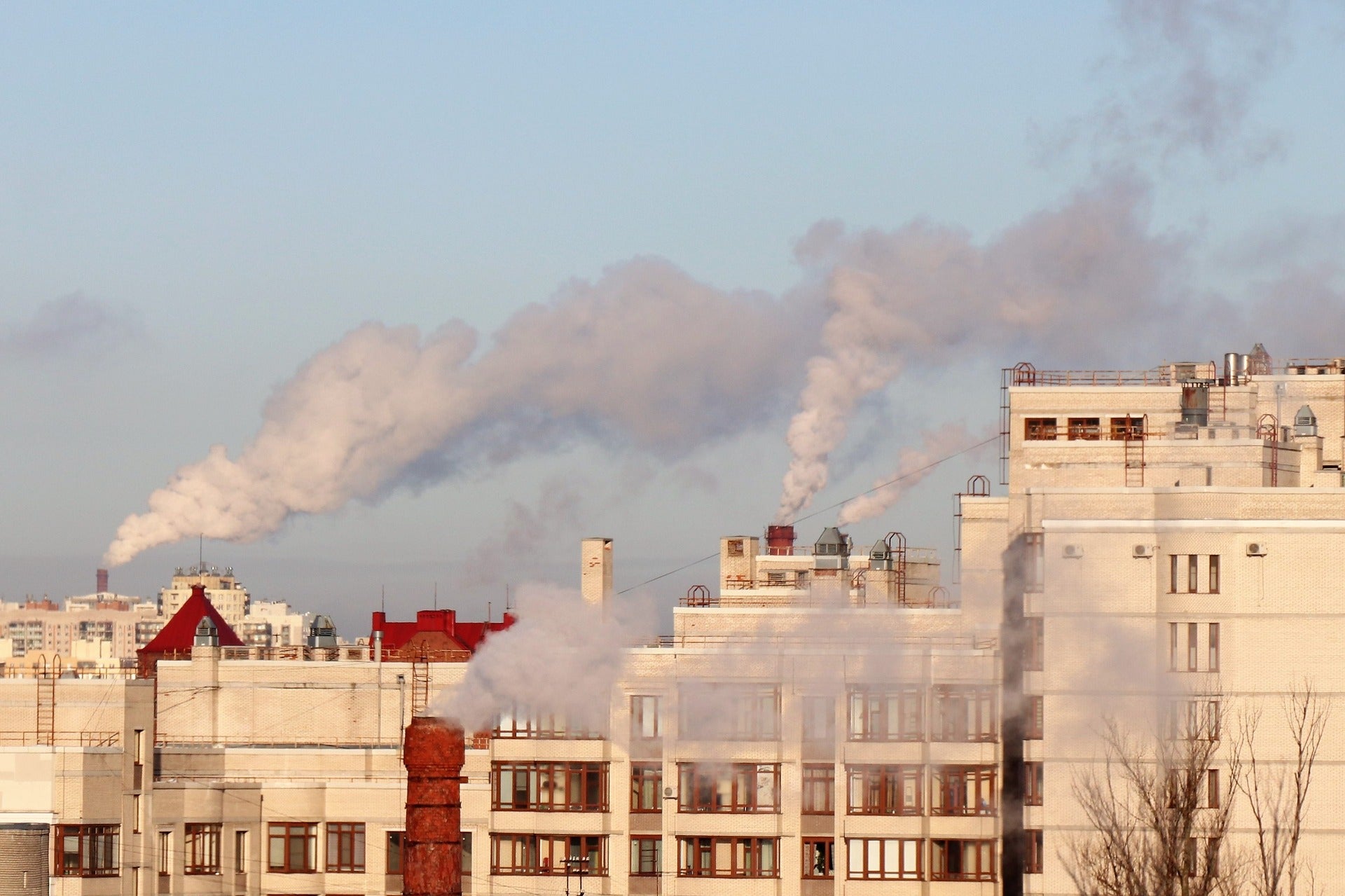
Air pollution kills 7 million people a year - and probably makes COVID-19 more deadly
After seeing how deadly air pollution makes COVID-19, the pandemic may be the push for countries to start investing in clean energy.
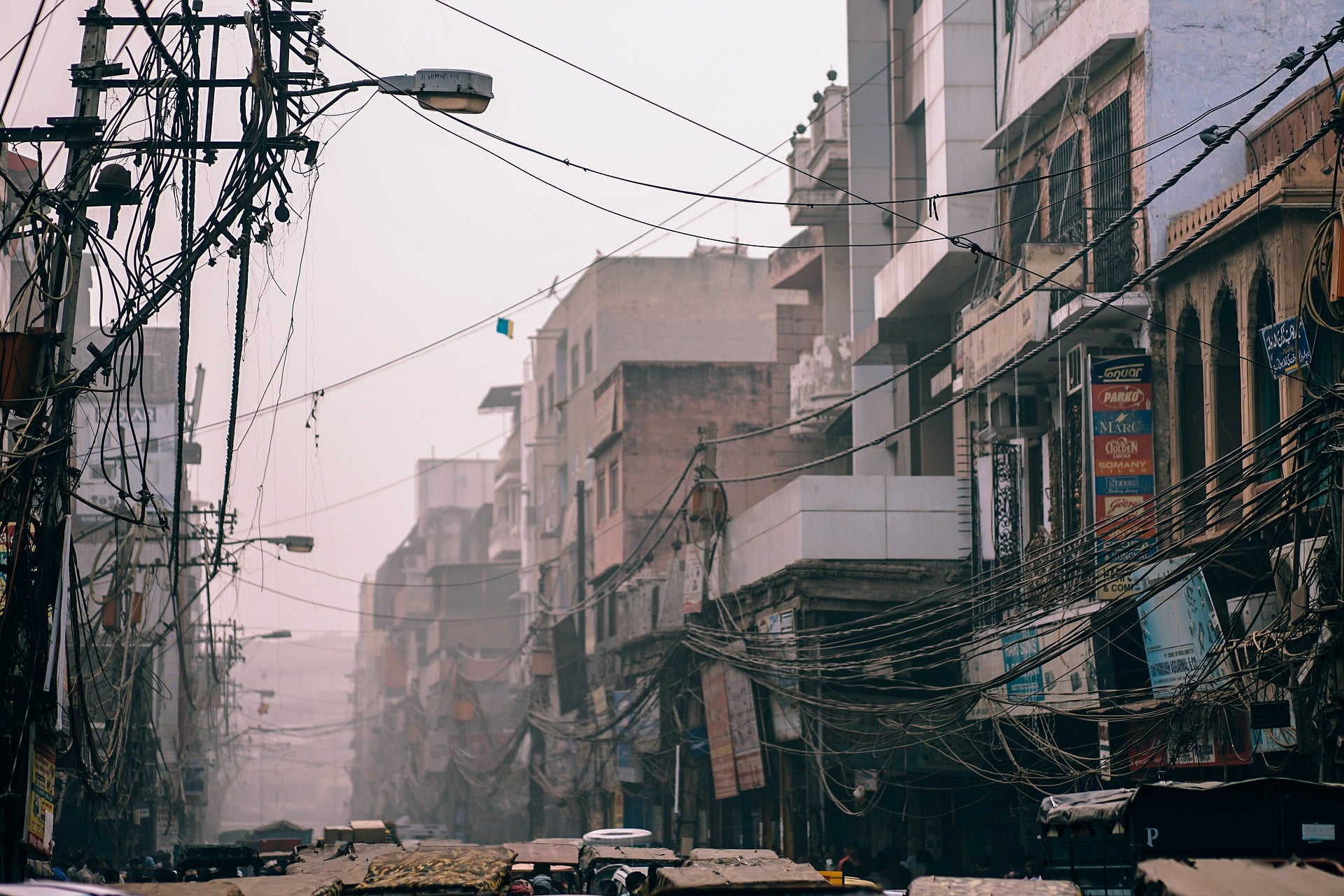
Delhi and Mumbai's high COVID tally linked to severe air pollution levels, says experts
India's cities are having a hard time coping with COVID-19 and air pollution is playing a role by compromising people's health.

For communities of color, air pollution may heighten coronavirus threat
Many communities of color live in areas of air pollution and research has found that pollution may lead to increased risk of dying from Covid-19.
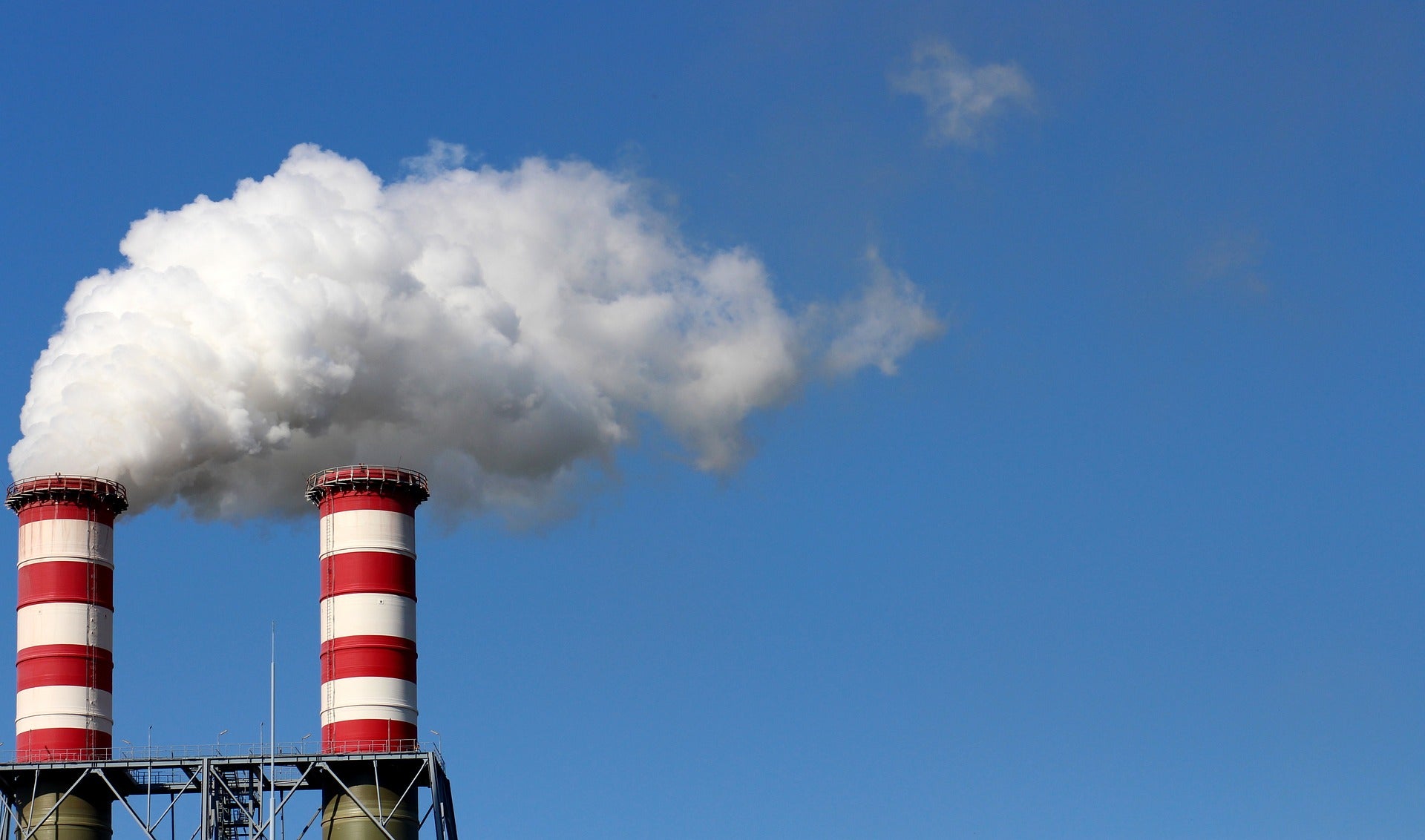
How Trump's EPA is making Covid-19 more deadly
The EPA is rolling back enforcements on air pollution which could put people at risk of dying from Covid-19.
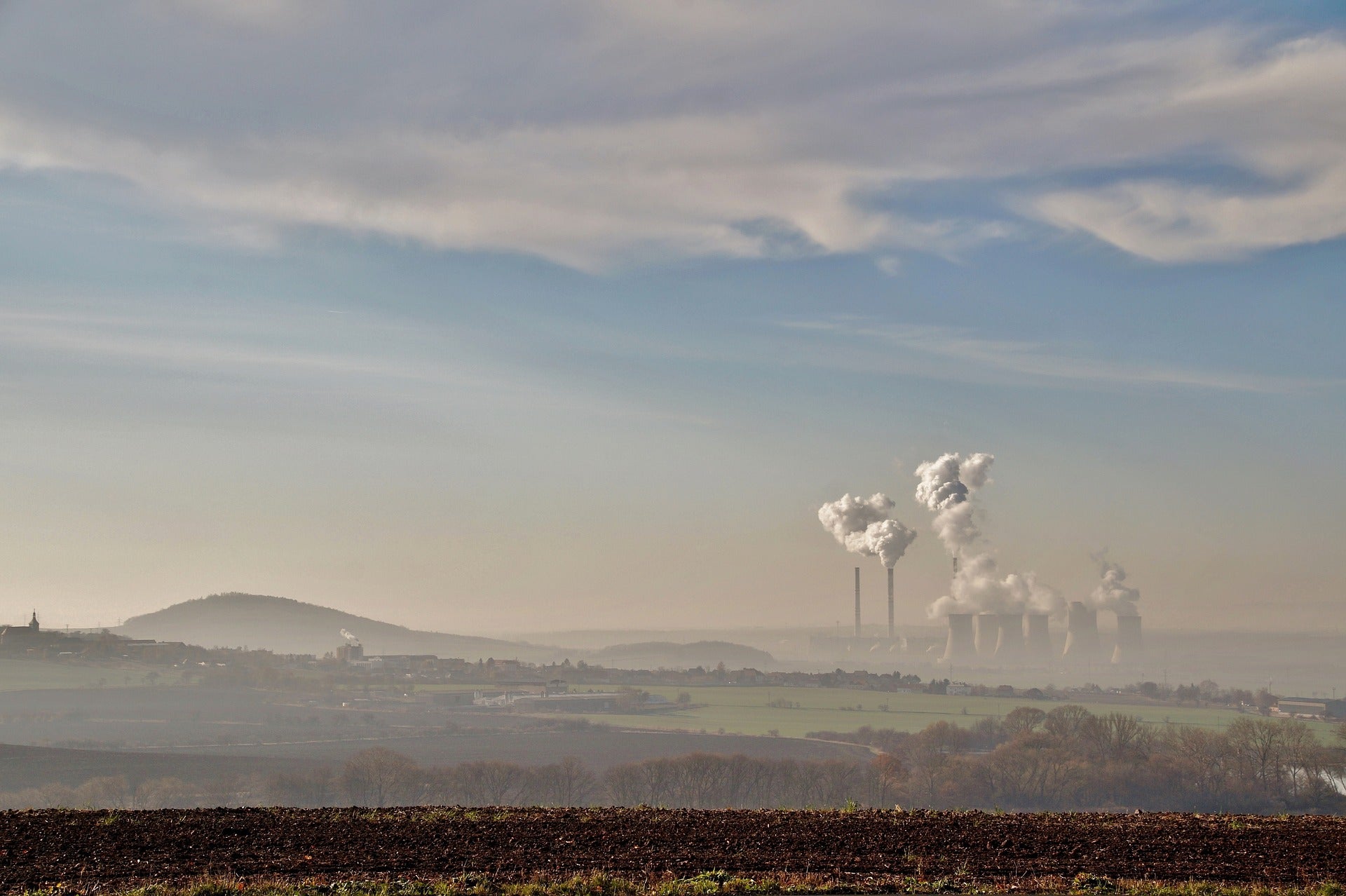
How air pollution exacerbates COVID-19
Cleaner air could become key to easing pandemic lockdowns.
